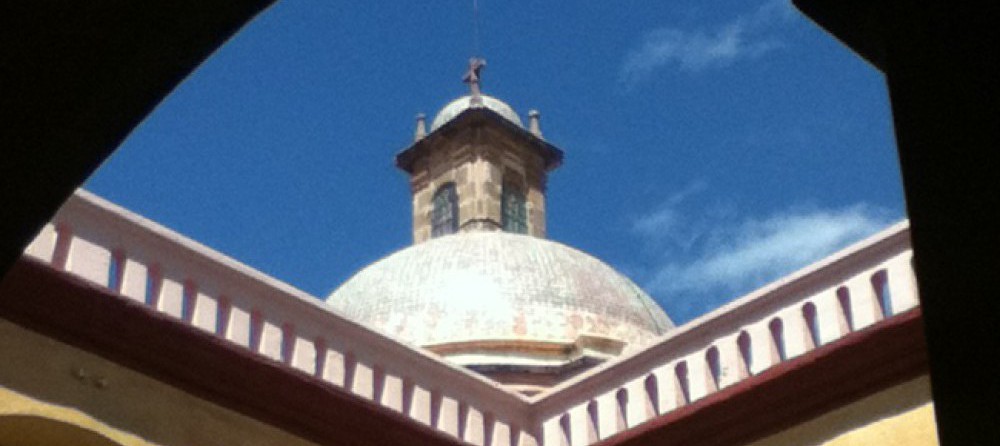When I was a child, my family used to gather to celebrate Christmas. These memories and those years evoke nostalgia for the past.
My Grandfather or “Abuelito Max” was still alive and he was the heart of my family. Every year, my aunts, uncles, cousins, and friends all came to my grandparents’ house to celebrate Christmas.
My grandmother had eleven children and she was a Mexican master chef. She had the ability to put together a meal for an army in a matter of minutes. She was an amazing women.
On Christmas Eve or “Nochebuena,” We would eat turkey, tamales and atole, enchiladas and even mole – the best Mexican food. All the grandchildren loved to eat the sweet jelly desserts and arroz con leche. Back then, everything seemed so simple and everyone seemed so happy. I miss those days.
When you travel to Querétaro during this time of the year, you will find “El Jardin Zenea” (see earlier post,) beautified with colorful red poinsettias and a huge nativity scene decorates el Jardin. This is one of the main attractions in downtown Querétaro. As you walk around downtown, you’ll hear festive music almost everywhere. There are many indoor and outdoor restaurants that will lure you in. Enjoy! Have a nice meal or drink while you rest your legs a bit.
Cold mornings and evenings will follow you around downtown and nice warm days will embrace you during the afternoons.
Undoubtedly, I miss to walk around downtown Querétaro around this time of the year. I miss the food and living in an ongoing festive atmosphere where you can find a simple excuse to gather with friends or family and have a party just because it’s fun to celebrate. I miss seeing the rain in downtown and the smell of clean rain and wet dirt after the rain, but what I miss the most is seeing the shooting reflections of caramel color lights on the wet cobblestone streets.
I hope you all have enjoyed this journey through Querétaro. I hope one day you’ll have the opportunity to visit this beautiful place – my hometown.


















![Luna_llena_sobre_Acueducto_de_Santiago_de_Queretaro[1]](https://discoveringqueretaromex.wordpress.com/wp-content/uploads/2014/10/luna_llena_sobre_acueducto_de_santiago_de_queretaro1.jpg?w=300&h=125)
